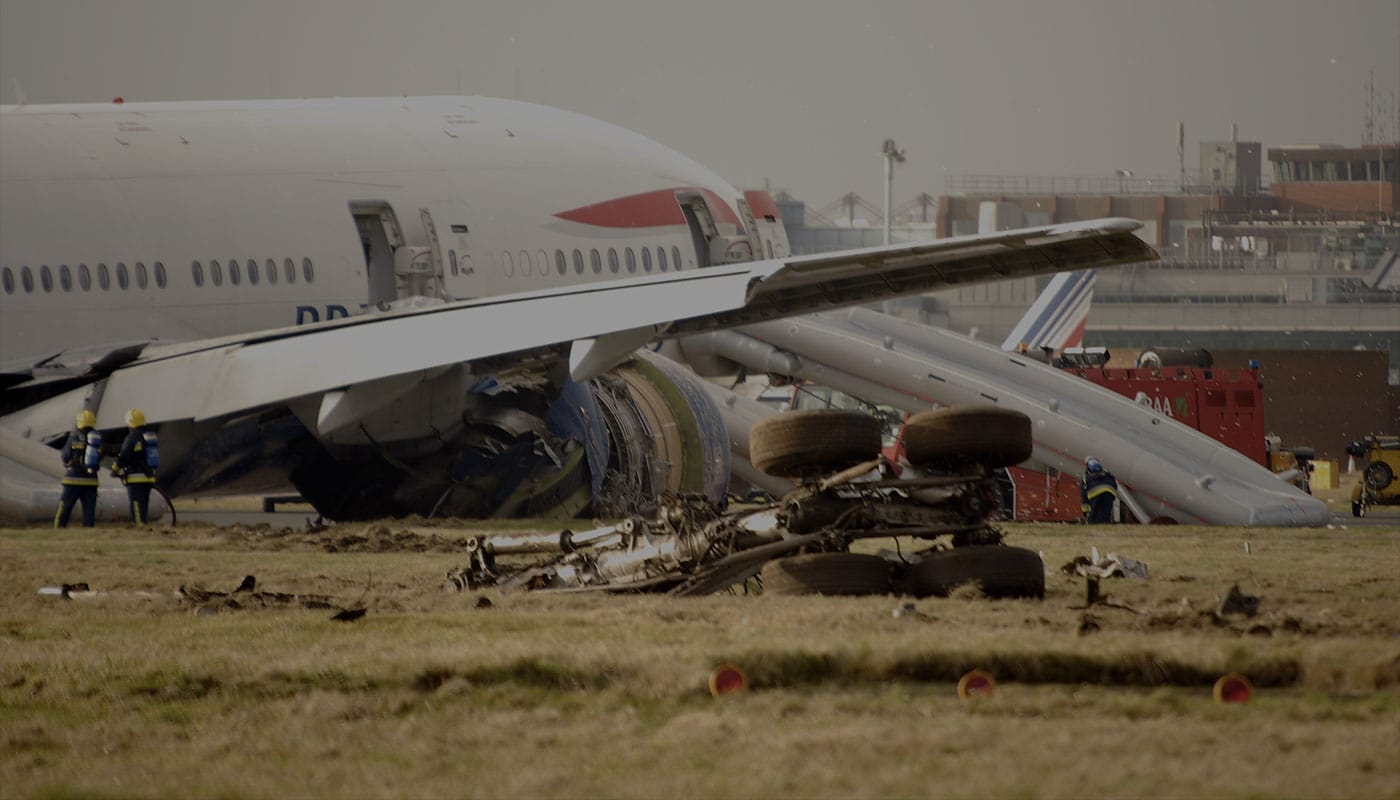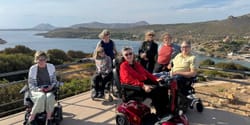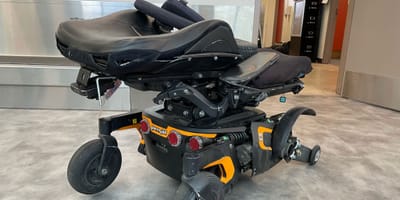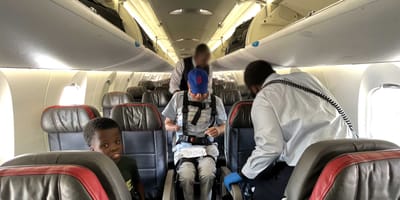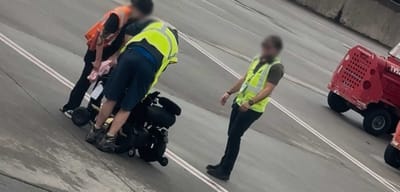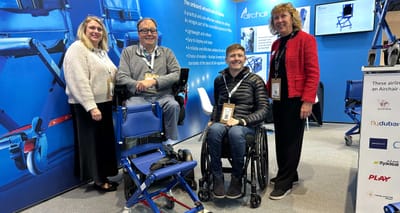Last year, I asked an important question: What happens to travelers with disabilities during an emergency airplane evacuation?
Of the three largest U.S. air carriers, American Airlines was the only one to respond in time for my story. In answering my question, the U.S. flag carrier confirmed that flight attendants are trained in “multiple techniques of lifting and moving the passenger,” but advised that “comfort would have to be put aside to get them to a safe environment faster.”
This sounded good and I wrote my article with a fairly positive outlook. The “leave no man behind” mentality of the flight attendants I spoke with seemed genuine until I began reflecting on my own inflight experiences.
One of the three most violated accessibility rules in air travel is the failure to provide a personalized safety briefing to disabled passengers, which cabin crews are required to give to any person who cannot evacuate under their own power. This safety briefing isn’t meant to rehash the basic information given to all passengers, but is instead an opportunity for the flight crew to better understand the needs of the disabled passenger. “How can we best assist you in an emergency evacuation?” That’s important stuff to know, but the briefing almost never happens. I’ve received it only six or seven times in nearly 600 flights as an immobile wheelchair user – that’s about 1% of the time.
As part of airplane certification tests, the FAA requires airlines to demonstrate that they can evacuate all passengers in 90 seconds or less using only half of the aircraft’s emergency exits. Guess what class of people aren’t included in these tests? Only those most at risk in an emergency—people with significant mobility impairments. In a recent federal court case, a three-judge panel reprimanded the FAA for a testing methodology the court deemed “vaporous” and reliant on “off-point studies and undisclosed tests using unknown parameters.” If I had been a passenger on Asiana flight 214 (which crash-landed in San Francisco) or Emirates flight 521 (which crash-landed in Dubai), I might not have lived to tell the tale.
As wheelchair travelers increase in number and take to the skies, it is only a matter of time until one of us is caught in a life-and-death situation on an airplane. As such, I believe that Congress should act to promote our safety, and I suggest two common-sense bipartisan actions to do just that:
- Ensure passengers with disabilities are included in the current airworthiness tests whereby passengers are evacuated within 90 seconds with half the emergency exits available.
- Conduct a feasibility study to determine where the safest seating options are for travelers with disabilities on an airplane.
If you agree that these steps are important to ensuring equal access to air travel and an equal opportunity for all passengers to safely evacuate an airplane, please CLICK HERE to sign our Change.org petition!

